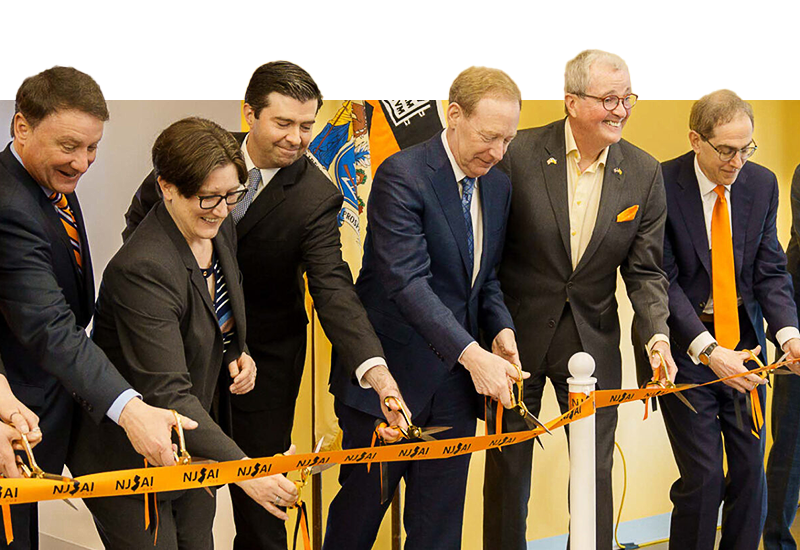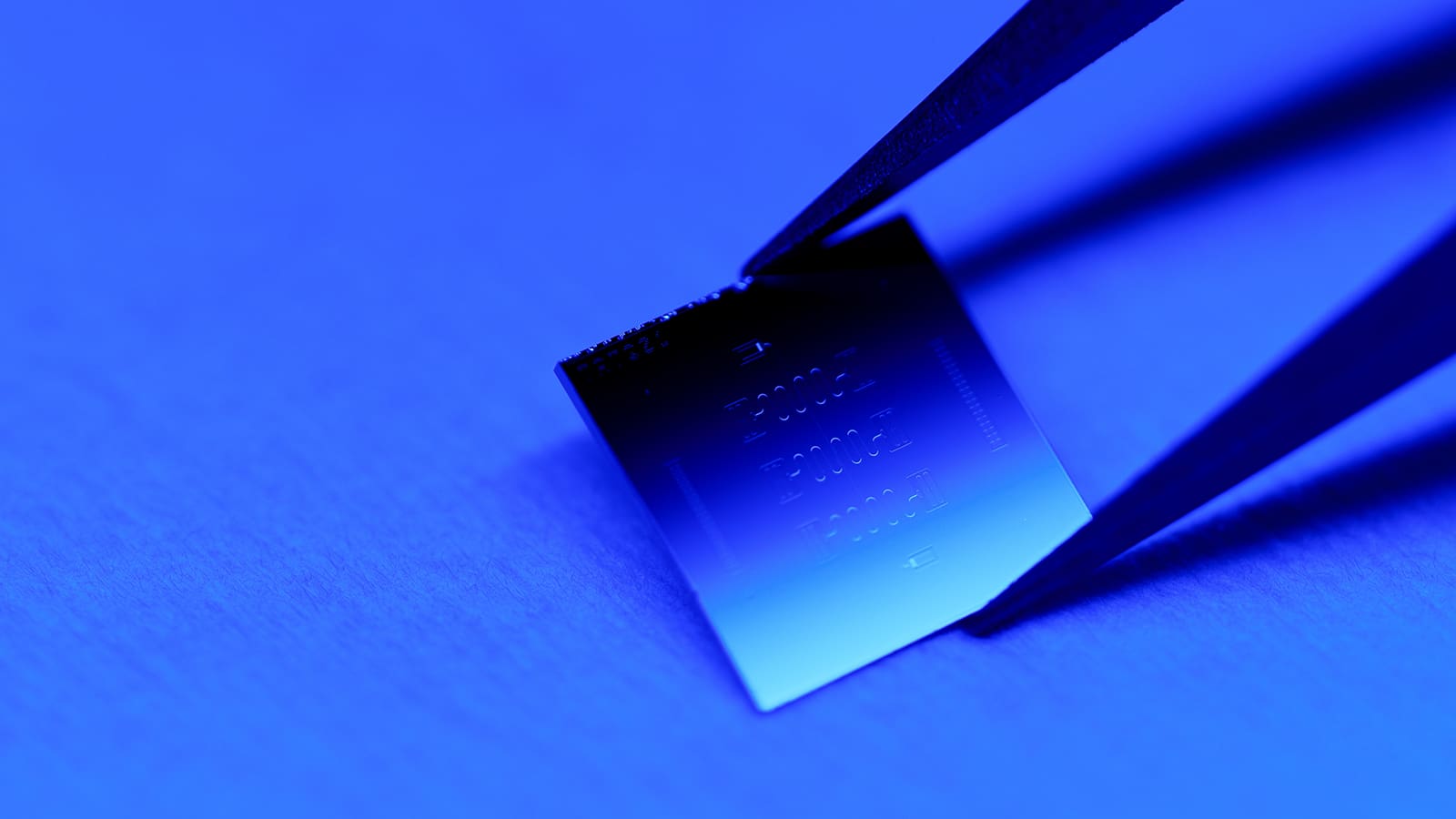New machine forges research partnerships, a billionth of a meter at a time
By
on
Princeton’s newly acquired e-beam writer functions on a scale of billionths of a meter, but its reach extends across campus and beyond, enhancing the University’s nanotechnology facilities and enabling collaborative interdisciplinary research projects.
A part of the Micro/Nano Fabrication Laboratory at the Princeton Institute for the Science and Technology of Materials (PRISM), the new tool allows scientists and engineers to create nanometer-sized electronic and mechanical devices using a computer-guided beam of electrons to “write” patterns or designs. Technologies developed using Princeton’s e-beam writer could one day be found in laptop computers, cell phones and medical treatments.

“This tool is critical for research in quantum materials science and nanotechnology,” said James Sturm, PRISM director and the William and Edna Macaleer Professor of Engineering and Applied Science. The instrument is located in a “multiuser facility,” which means it is available to researchers across campus as well as users from industry and other academic institutions. “The e-beam writer enhances Princeton’s ability to attract collaborative partnerships with some of the top minds in these fields,” Sturm said.
During an intense week of training in November, graduate students from nine research groups in physics and electrical engineering and Helena Gleskova, the director of the Micro/Nano Fabrication Laboratory, were trained to use the e-beam writer by an engineer from Raith, the machine’s manufacturer.
The machine is located in a Class 1,000 clean room in the basement of the Engineering Quadrangle. The room features a controlled environment and air filtration system to maintain an air quality of less than 1,000 dust particles greater than 0.5 microns (200 times smaller than the width of a human hair) per cubic foot of air. Those entering the room must don protective suits to maintain this level of cleanliness.
In a typical year, roughly 100 users from the School of Engineering and Applied Science, the physics, chemistry and molecular biology departments, and local companies make use of PRISM’s 4,000-square-foot clean room multiuser facility.





